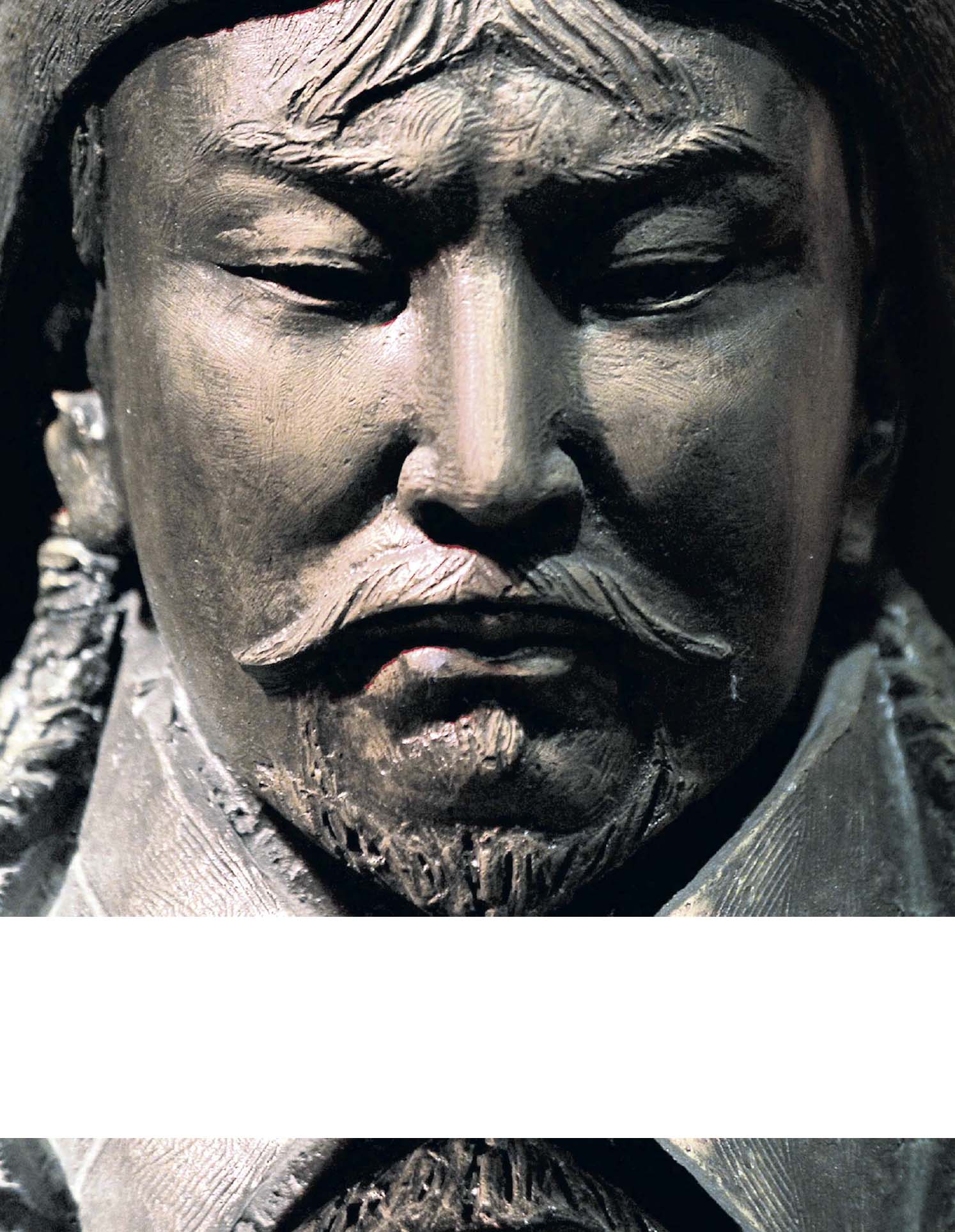The year was 1162 and, somewhere in the unforgiving terrain of the Eurasian Steppe, a woman was in the throes of childbirth. She knew life would be challenging for her child. Growing food was tricky in the harsh grassland of the Steppe – which runs from the Pacific Ocean to Europe – and wars between the nomadic tribes who survived there, such as her people, the Mongols, were common. Then, if not fighting each other, the tribes still had to be wary of two powerful empires on either side of them – to the west was the heart of 12th-century European civilisation, Persia, while the Jin Dynasty (in modern-day China) lay to the east.

KILLER KHAN Genghis Khan built a mighty empire at the cost of millions of lives
Yet, the Mongols were hardy and the woman knew her husband, a tribal chief, would teach their child the vital skills for a life of herding and horse-riding. It seemed, however, that the heavens expected more from the infant boy. As soon as he was born, everyone in the tent noticed that he was grasping a blood clot in his tiny hand, which was seen as a divine sign that he was destined to become a powerful leader.